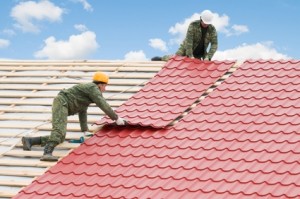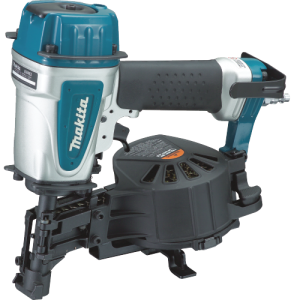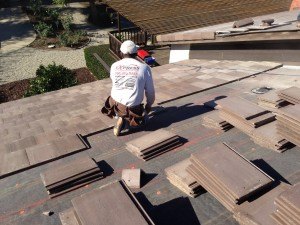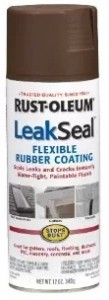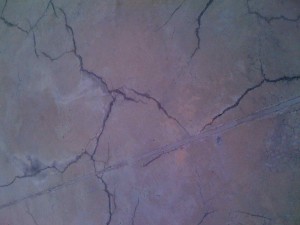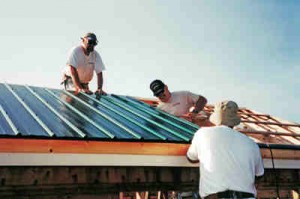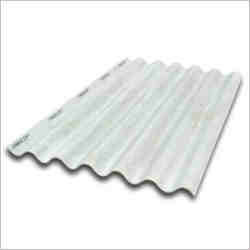Selling a House: Should You Repair It or Sell As-Is?
Putting your house on the market means taking into consideration several factors that could help facilitate the sale. Foremost in your mind when selling a house is the necessity of making repairs to make your home more attractive to serious buyers.
The condition of your roof has a direct impact on the price you can ask when selling a house. However, since repairing or replacing your roof is a huge expense that could reach thousands of dollars, you have to thoroughly consider if the expense is worth the extra price you will get.
A roof in poor condition will cost a lot of money to repair. A buyer will most certainly cite it as part of the negotiating points in a sale. A poor roof condition will naturally call for a lower house price. However, replacing the roof does not mean you can get back 100% of what you spent.
Be Updated
Your first step is to get an updated status of the current condition of your house, the real estate market and current sales transactions. You can also seek the services of your local service provider for an inspection of your house. Do this before putting up your home for sale. This way, you will learn if there are potential issues with your roof that could get in the way of a sale.
If a roof issue is revealed, talk to several roofing contractors to get an estimate of the costs for a roof repair or replacement. Ask several contractors to submit price quotations to give you an idea if you can afford the cost. Should you decide to sell as-is, it will give you an idea how much to adjust your asking price.
One advantage of spending money to fix your roof is that your house will sell faster. Buyers will be more impressed if the house is well-maintained.
Selling As-Is
If you have no budget for a roof fix or lack the time for it, you can sell your house as-is. A big disadvantage to this approach is that it could potentially lower the price of your house. This is where knowledge of the current market and comparable house prices will prove valuable. If you are in a competitive market, you can still sell your house at a good price since buyers tend to overlook minor roof maintenance issues.
Note that when the buyer is using financing to purchase the house, roof issues could affect the consummation of the sale because some lenders require a good roof as a condition for loan approvals. So keep this in mind when selling to a buyer through financing.
Your Decision
Deciding whether to sell your house as-is or make roof repairs/replacement first depends on you since every situation is different. Just weigh your options based on the factors we listed above as guide.

